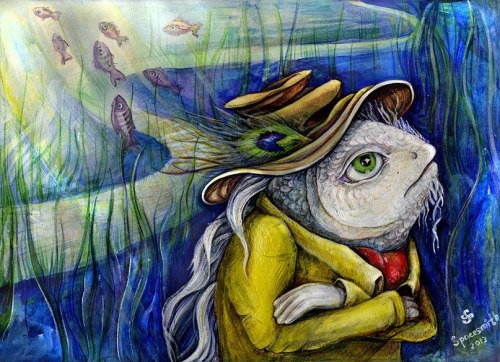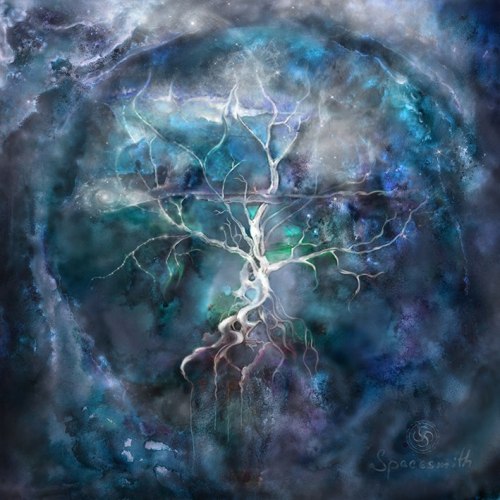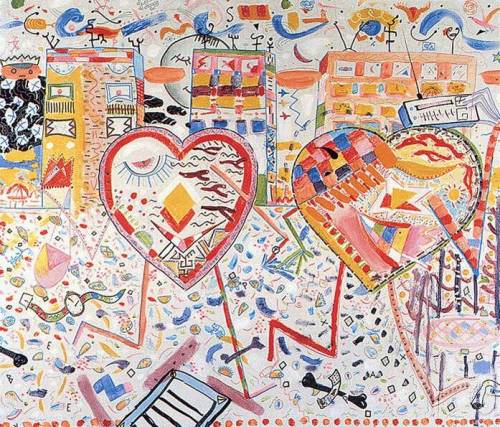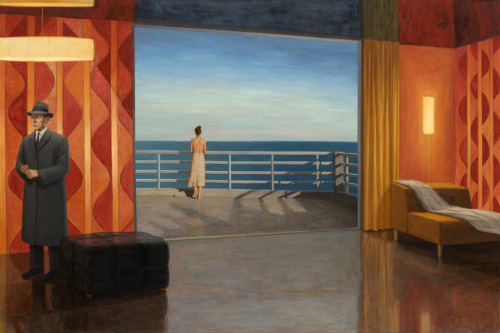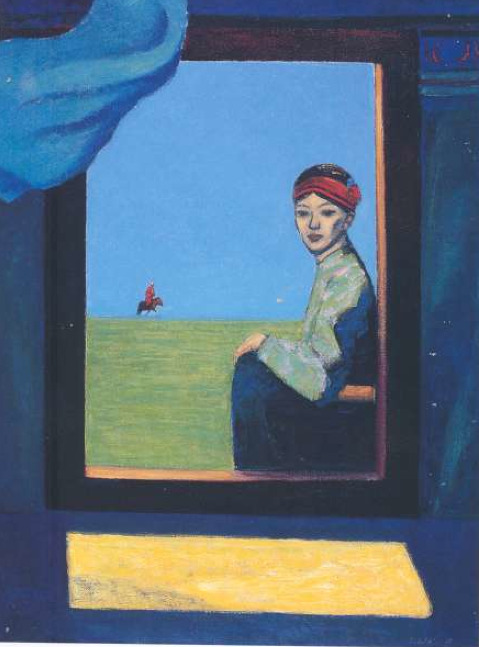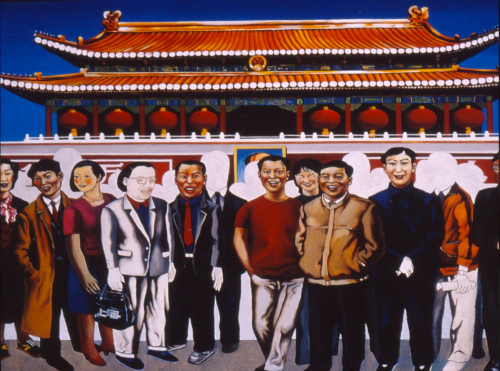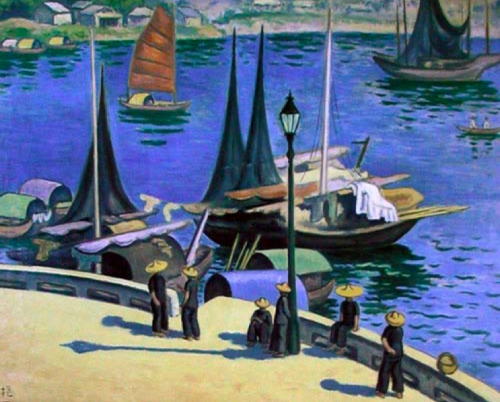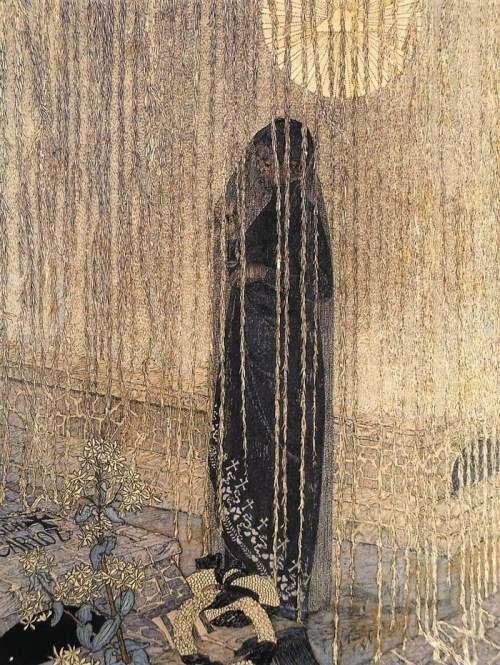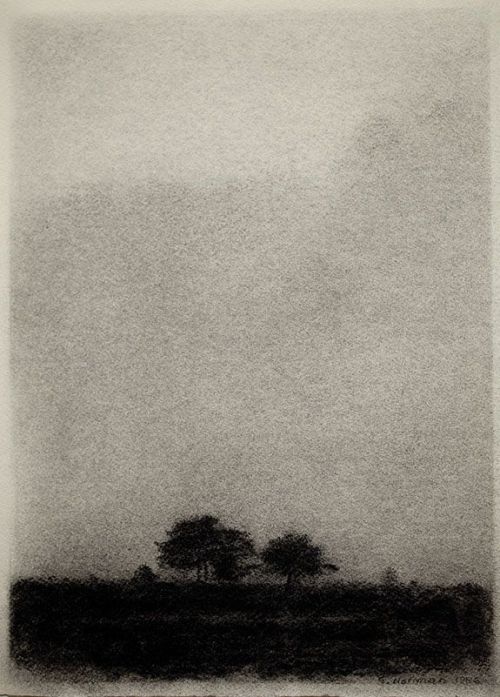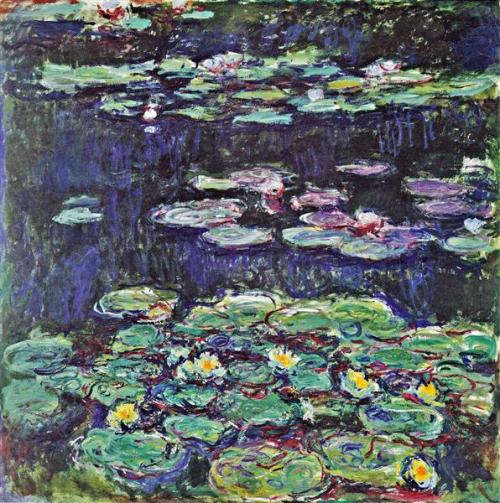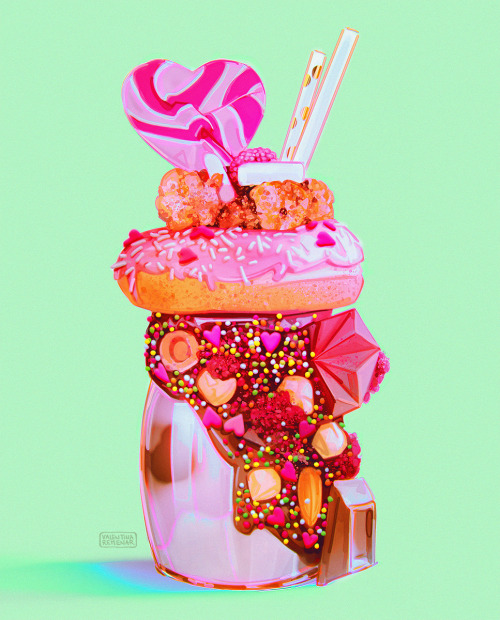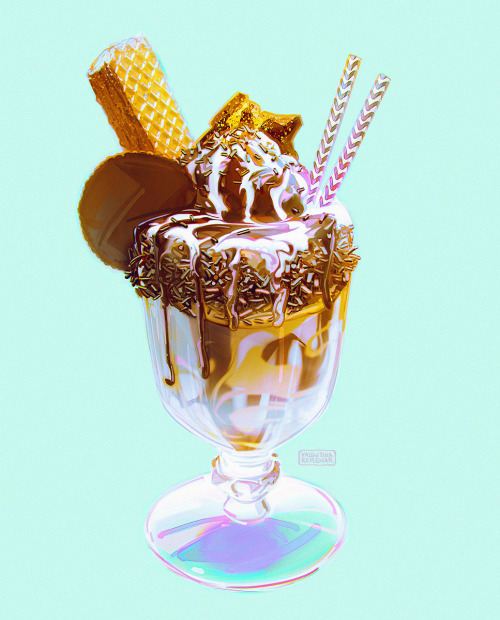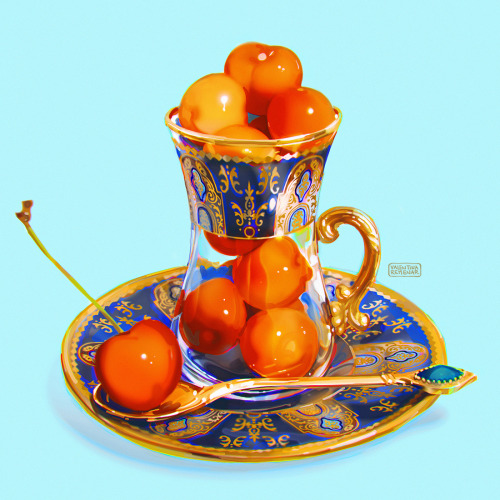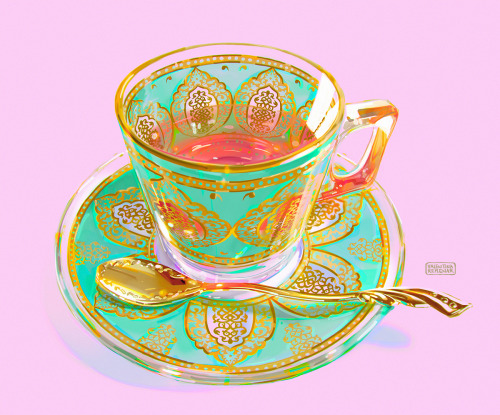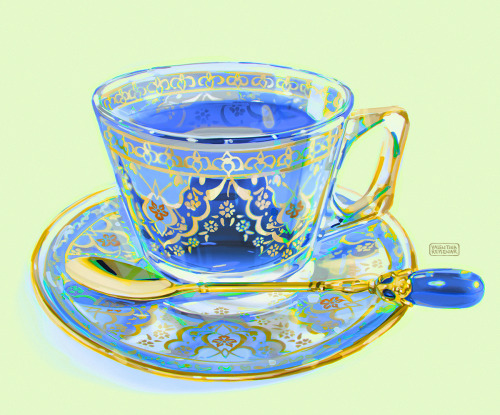#modern art
Tiananmen Gate
Painting #1 Dong Xiwen, The Founding of the Nation, 1952. This painting is of Mao’s first address to the people in 1949.
Painting #2 Sun Zixi, In Front of Tiananmen, 1964. In this painting the “types” of Chinese citizens visit Tiananmen. Mao’s portrait is of central focus.
Painting #3 Wang Jinsong, Taking a Picture in Front of Tiananmen, 1990. Just of 40 years later “type" of Chinese citizens visit Tiananmen. Now however, Mao’s presence is obscured and less important. What’s interesting is the site and its function are almost unchanged.
Gates and walls were two principal features of a capital in traditional China because they both shaped a city and made it meaningful. Without much difficulty historians have traced this design back to China’s antiquity. Although such an unbroken tradition in city planning may be admirable, one wonders why a culture would so insistently reject any fundamental change. In particular, what did these gates and walls mean and why did they become an imperial obsession?
Perhaps the only logical explanation for this obsession was a political tenet that power could be maintained only by keeping it secret. The walls were layers of barriers that repeatedly separated the "inner” from the “outer” and the gates led to (but did not display) something deep inside the labyrinth. The “thing” concealed behind the walls and gates was precisely the emperor.
“The Way of the ruler lies in what cannot be seen, its function in what cannot be known. Be empty, still, and idle, and from your place of darkness observe the defects of others. See but do not appear to see; listen but do not seem to listen; know but do not let it be known that you know …. Hide your tracks, conceal your sources, so that your subordi-nates cannot trace the springs of your action. Discard wisdom, forswear ability, so that your subordinates cannot guess what you are about. Stick to your objective and examine the results to see how they match; take hold of the handles of government carefully and grip them tightly. Destroy all hope, smash all intention of wresting them from you, allow no man to covet them.”
This old architectural symbolism, however, collapsed (at least on the surface) when Mao appeared above Tiananmen on 1 October 1949. To the thousands gathered outside the gate, it meant that the hidden power had finally emerged and submitted itself to them. No other gesture could more effectively prove the newness of the Communist leadership, and no other act could more convincingly seal the title of People’s Republic. To become a monument, Tiananmen had to be isolated and extracted from its traditional context. This process first took place on a symbolic level: after 1949 the Gate became an emblem. Once the building stood as an individual entity, its monumental form became analogous with the new ruling power and ruling figure. Both the Gate and Chairman Mao were primary symbols of new China, they were naturally equated. A huge portrait of Mao was installed on the Gate and was updated year after year.
Post link
Chen Baoyi, Hong Kong Pier. 1942, Oil on canvas
Born in Shanghai in 1893, Chen traveled to study art under Fujisima Takeji in Japan in 1913, graduated from Tokyo Art School in 1921 and returned to China later year.
He passed away in Shanghai in 1945.
Post link
Modern Japanese Art.
The idea of modern art and modernity are premised on metaphors of space and time. Art history as a product of modernity carved up the world in the same way Imperial nation-states did. Japanese art was seen as “primitive” and its nearest equivalents were near Near-Eastern and African art. While Japanese art was a “pale pastiche” of European art, Japanese art and artifacts had been making their way to Europe as “decorative” objects and “primitive” Japanese art was very influential to European “masters”.
-Oscar Wilde observed in 1891, that Japan, for the west was merely an invention, a purely aesthetic fancy.
- Maurice Denis argued that painting oscillates perpetually between invention and imitation.
Japonisme is an oversimplified term for the influence of the arts of Japan on west. From the 1860s, ukiyo-e, Japanese wood-block prints, became a source of inspiration for many European impressionist painters in France and elsewhere, and eventually for Art Nouveau and Cubism. Artists were especially affected by the lack of perspective and shadow, the flat areas of strong color, the compositional freedom in placing the subject off-centre, with mostly a low diagonal axis to the background. Unlike other varieties of Orientalism, Japonisme mostly involved Western artists using elements of Eastern styles in works showing their own culture; if only because of the difficulty of travel, there were relatively few artists attempting Eastern scenes in a Western style.
Painting #1&2
Claude Monet Haystack, snow effect, (1891) & Haystacks Giverny, the evening sun, (1888). Compare to paintings #3&4, From the series Thirty-six Views of Mt. Fuji, Woodblock print by Katsushika Hokusai (1830’s). Also compare #5 Takahashi Yuichi’ Courtesan (1872) and #6 Vincent van Gogh The Courtesan (1887).
From the 1870’ to the mid-1900’s the structure of Japanese modern art and its institutions were shaped largely in response to Japonisme’s compulsion towards national and ethnic essentialism. Around 1910-1920 a younger generation of artists saw Japan’s influence on the work of western painters such as Monet and Van Gough. They saw this as an opportunity for their art to transcend national boarders. During this time the the Meiji government was pushing to modernize by modelling herself on the West.
Nihonga (Neo-traditional Japanese painting -both aesthetic and technique) and Yoga (Western style painting, specifically oil painting) became the two parallel streams of Japanese painting the originated and crystallized in the Meiji period. These two schools fought to control the direction modern painting would take in the future. It wasn’t really until the shift from the Meiji to Taisho period that Yoga became a naturalized art along side Nihonga. Modernism in Taisho-period Japanese art ways in many ways a response to the “cultural boomerang” of European Japonisme returning to Japan. For Japanese artists and critics, European Japonisme was proof that after many centuries, in the modern period of the arts the East and West had begun to converge.
Painting #7 Japan’s “pale pastiche” of western art. #7 Yorozu Tetsugorō’s Nude Beauty (1912) Oil on canvas.
Paintings #8 & #9 Nihonga and Yoga respectively. #8 Takahashi Yuichi’s Tofu (1888) & #9 Okada Saburosuke’s Kimono with Iris Patterns )1927) Oil on canvas.
Post link
Japonisme
Claude Monet (1840 – 1926) was a French impressionist painter.
The Highway Bridge Under Repair
Katsushika Hokusai (1760 – 1849) was a Japanese artist, ukiyo-e painter and printmaker of the Edo period.
Bridge
Post link
Japonisme
James Abbott McNeill Whistler (1834–1903) was an American-born, British-based artist.
La Princesse du Pays de la Porcelaine
Arrangement in Grey and Black No.1
Post link
Japonisme
James Abbott McNeill Whistler (1834–1903) was an American-born, British-based artist.
La Princesse du Pays de la Porcelaine
Arrangement in Grey and Black No.1
Post link
Do you have a sweet tooth? Then please enjoy my recent milkshake studies ✨ Done in Photoshop CC and Wacom Cintiq 27QHD like usually.
Official site|YouTube|Instagram|DeviantART|ArtStation|Twitter
Post link
Would you like a cup of tea? Enjoy some of my recent studies ✨ Done in Photoshop CC with Wacom Cintiq 27QHD like usually.
Official site|YouTube|Instagram|DeviantART|ArtStation|Twitter
Post link
“I will be your star, guiding you through the darkness” - Shadow
After a long time I managed to paint my son Shadow again. But this time I tried to do a proper full illustration with him… to show his fabulous sparkly hair in full glory and his elegant hands HAHA. Like usually, done in Photoshop CC with Wacom Cintiq 27QHD. Enjoy!
Official site|YouTube|Instagram|DeviantART|ArtStation|Twitter
Post link



